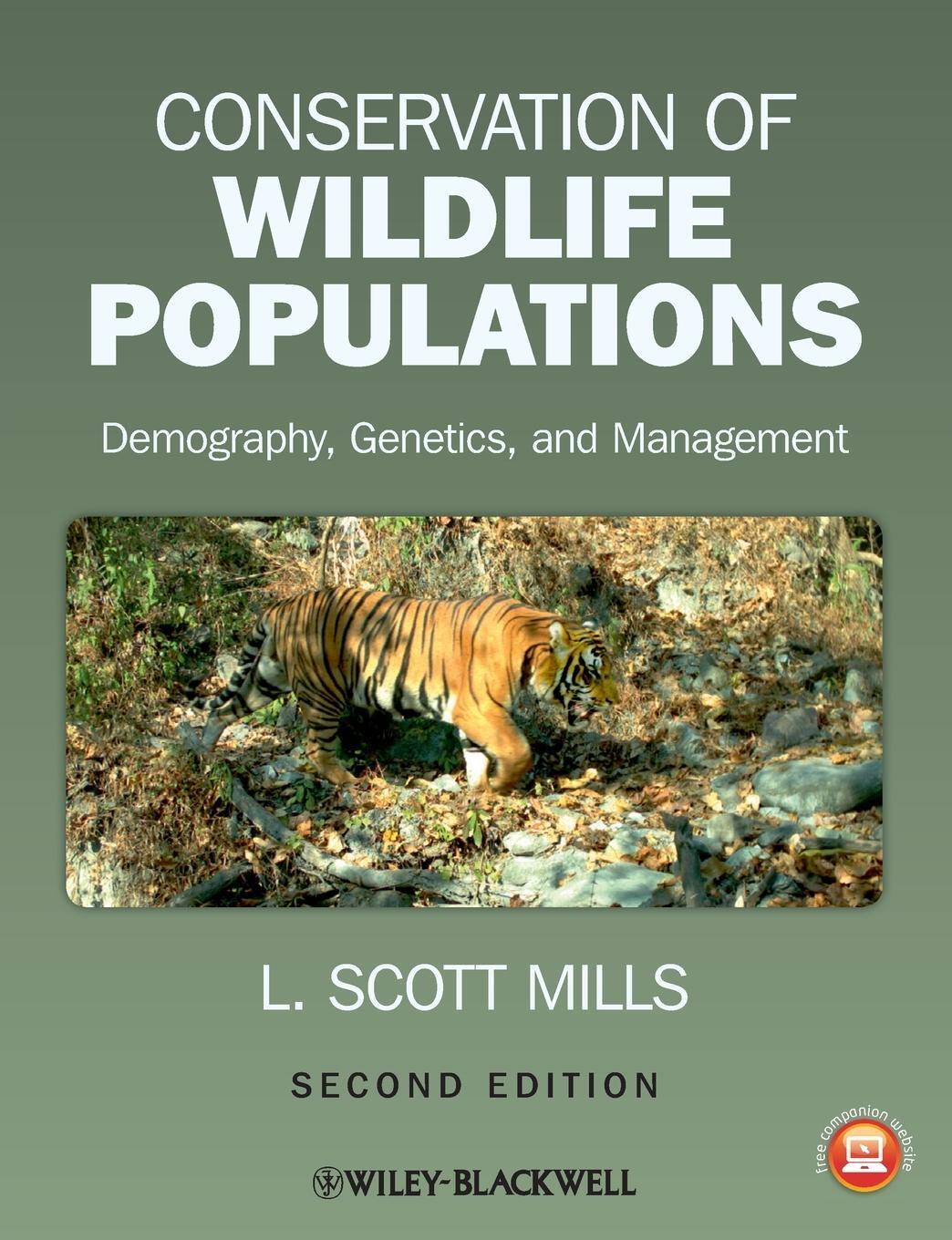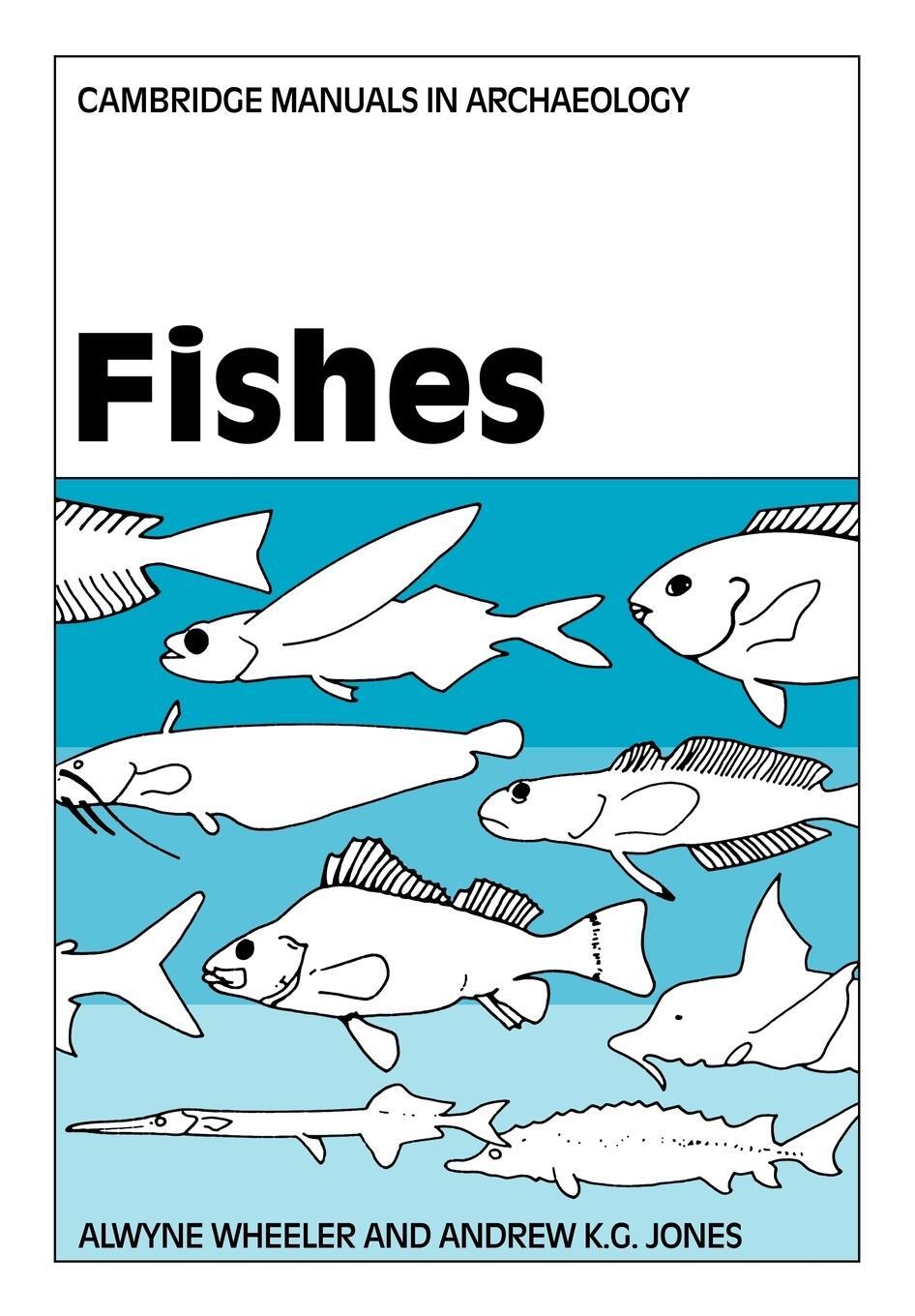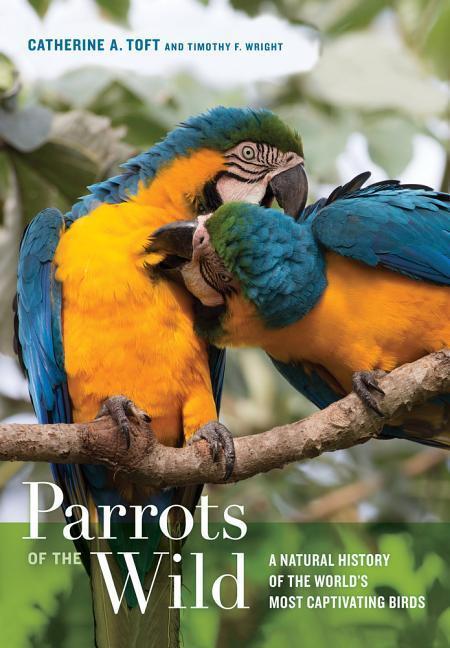71,80 €*
Versandkostenfrei per Post / DHL
Lieferzeit 1-2 Wochen
Additional resources for this book can be found at: [...]
Additional resources for this book can be found at: [...]
L. Scott Mills is a Professor in the Wildlife Biology Program at The University of Montana. He was a 2009 John Simon Guggenheim Fellow, has received multiple NSF Awards, served on the Board of Governors for the North American Section of the Society for Conservation Biology, and has testified to Congress about the role of ethics in wildlife population biology research. Mills was an invited contributor to the 2007 Intergovernmental Panel on Climate Change Report (IPCC) report, and to the Western Governors� Association Climate Change Working Group. His research and teaching integrates field studies with population models and genetic analyses to understand effects of human perturbations on wildlife populations. Mills' research on wildlife around the world - from snowshoe hares to marmots, mice to coyotes, bighorn sheep to snow leopards and tigers - has been covered in media outlets including Newsweek, National Geographic, The New York Times, Discovery Channel Canada, Science News, National Public Radio, Nature, Science, and The Nature of Things with David Suzuki.
Preface to second edition xi
Preface to first edition xii
List of symbols xiv
Acknowledgments for second edition xv
Acknowledgments for first edition xvi
PART I BACKGROUND TO APPLIED POPULATION BIOLOGY 1
1 The big picture: human population dynamics meet applied population biology 3
2 Designing studies and interpreting population biology data: how do we know what we know? 14
3 Genetic concepts and tools to support wildlife population biology 33
4 Estimating population vital rates 54
PART II POPULATION PROCESSES: THE BASIS FOR MANAGEMENT 77
5 The simplest way to describe and project population growth: exponential or geometric
change 79
6 All stage classes are not equal in their effects on population growth: structured
population-projection models 98
7 Density-dependent population change 126
8 Predation and wildlife populations 142
9 Genetic variation and fi tness in wildlife populations 154
10 Dynamics of multiple populations 175
PART III APPLYING KNOWLEDGE OF POPULATION PROCESSES TO PROBLEMS OF DECLINING, SMALL, OR HARVESTABLE POPULATIONS 199
11 Human-caused stressors: deterministic factors affecting populations 201
12 Predicting the dynamics of small and declining populations 224
13 Focal species to bridge from populations to ecosystems 244
14 Population biology to guide sustainable harvest 251
Summary 266
Further Reading 267
Epilogue 269
References 271
Index 301
Colour Plates fall between page 160 and 1
| Erscheinungsjahr: | 2012 |
|---|---|
| Genre: | Umwelt |
| Produktart: | Nachschlagewerke |
| Rubrik: | Ökologie |
| Medium: | Taschenbuch |
| Seiten: | 352 |
| Inhalt: | 342 S. |
| ISBN-13: | 9780470671498 |
| ISBN-10: | 0470671491 |
| Sprache: | Englisch |
| Einband: | Kartoniert / Broschiert |
| Autor: | Mills, L. Scott |
| Hersteller: |
John Wiley & Sons
John Wiley and Sons Ltd |
| Maße: | 246 x 189 x 19 mm |
| Von/Mit: | L. Scott Mills |
| Erscheinungsdatum: | 23.11.2012 |
| Gewicht: | 0,681 kg |
L. Scott Mills is a Professor in the Wildlife Biology Program at The University of Montana. He was a 2009 John Simon Guggenheim Fellow, has received multiple NSF Awards, served on the Board of Governors for the North American Section of the Society for Conservation Biology, and has testified to Congress about the role of ethics in wildlife population biology research. Mills was an invited contributor to the 2007 Intergovernmental Panel on Climate Change Report (IPCC) report, and to the Western Governors� Association Climate Change Working Group. His research and teaching integrates field studies with population models and genetic analyses to understand effects of human perturbations on wildlife populations. Mills' research on wildlife around the world - from snowshoe hares to marmots, mice to coyotes, bighorn sheep to snow leopards and tigers - has been covered in media outlets including Newsweek, National Geographic, The New York Times, Discovery Channel Canada, Science News, National Public Radio, Nature, Science, and The Nature of Things with David Suzuki.
Preface to second edition xi
Preface to first edition xii
List of symbols xiv
Acknowledgments for second edition xv
Acknowledgments for first edition xvi
PART I BACKGROUND TO APPLIED POPULATION BIOLOGY 1
1 The big picture: human population dynamics meet applied population biology 3
2 Designing studies and interpreting population biology data: how do we know what we know? 14
3 Genetic concepts and tools to support wildlife population biology 33
4 Estimating population vital rates 54
PART II POPULATION PROCESSES: THE BASIS FOR MANAGEMENT 77
5 The simplest way to describe and project population growth: exponential or geometric
change 79
6 All stage classes are not equal in their effects on population growth: structured
population-projection models 98
7 Density-dependent population change 126
8 Predation and wildlife populations 142
9 Genetic variation and fi tness in wildlife populations 154
10 Dynamics of multiple populations 175
PART III APPLYING KNOWLEDGE OF POPULATION PROCESSES TO PROBLEMS OF DECLINING, SMALL, OR HARVESTABLE POPULATIONS 199
11 Human-caused stressors: deterministic factors affecting populations 201
12 Predicting the dynamics of small and declining populations 224
13 Focal species to bridge from populations to ecosystems 244
14 Population biology to guide sustainable harvest 251
Summary 266
Further Reading 267
Epilogue 269
References 271
Index 301
Colour Plates fall between page 160 and 1
| Erscheinungsjahr: | 2012 |
|---|---|
| Genre: | Umwelt |
| Produktart: | Nachschlagewerke |
| Rubrik: | Ökologie |
| Medium: | Taschenbuch |
| Seiten: | 352 |
| Inhalt: | 342 S. |
| ISBN-13: | 9780470671498 |
| ISBN-10: | 0470671491 |
| Sprache: | Englisch |
| Einband: | Kartoniert / Broschiert |
| Autor: | Mills, L. Scott |
| Hersteller: |
John Wiley & Sons
John Wiley and Sons Ltd |
| Maße: | 246 x 189 x 19 mm |
| Von/Mit: | L. Scott Mills |
| Erscheinungsdatum: | 23.11.2012 |
| Gewicht: | 0,681 kg |








